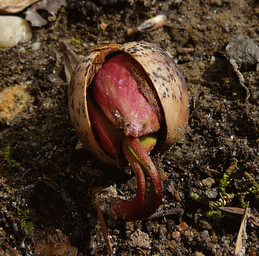I wrote a basic program tonight which accepts an RSS feed, displays its entries, and gives the user the option to view a given entry's description. It's not very complex, but it allowed me to figure out some basic Python stuff, and I am pleased with how well it works.
Things to add:
- Escape out html in the description or display it differently.
- Make it work on immortalcuriosity.com instead of just the command line.
- Store the feeds to a database and give the option to refresh data for a feed previously entered.
I think once I get these 3 completed, I will have a good start on the first component of my system.
Oh, here's the code:
# A test program to learn about feedparser. It accepts a
# feed, displays its entries, and gives the option to
# display a given entries description. At least works with
# Slashdot and KurzweilAI feeds.
import feedparser
# Get the feed to parse
uri = raw_input("Please enter the feed to be parsed: ")
# Grab the feed
current = feedparser.parse(uri)
# Parse the feed
title = current.feed.title
description = current.feed.description
# Print data on the feed
print
print
print uri + " aka " + title + " is described by its owner as: "
print description + "."
print
# Store entry titles and print them
print "The current items are: "
entrylist = []
for entry in current.entries:
entrylist.append(entry.title)
bullet = 1
for x in entrylist:
print str(bullet) + "- " + x
bullet+=1
print
# Store item descriptions
entrydescs=[]
for desc in current.entries:
entrydescs.append(desc.description)
# See if any additional data is desired
contin = raw_input("Would you like to view any of those (Y or N)?: ")
# Find the item and print its description
if contin == "Y":
checkme = raw_input("Ok, which item do you want to view? ")
print
print entrylist[int(checkme)-1] + ": "
print entrydescs[int(checkme)-1]
